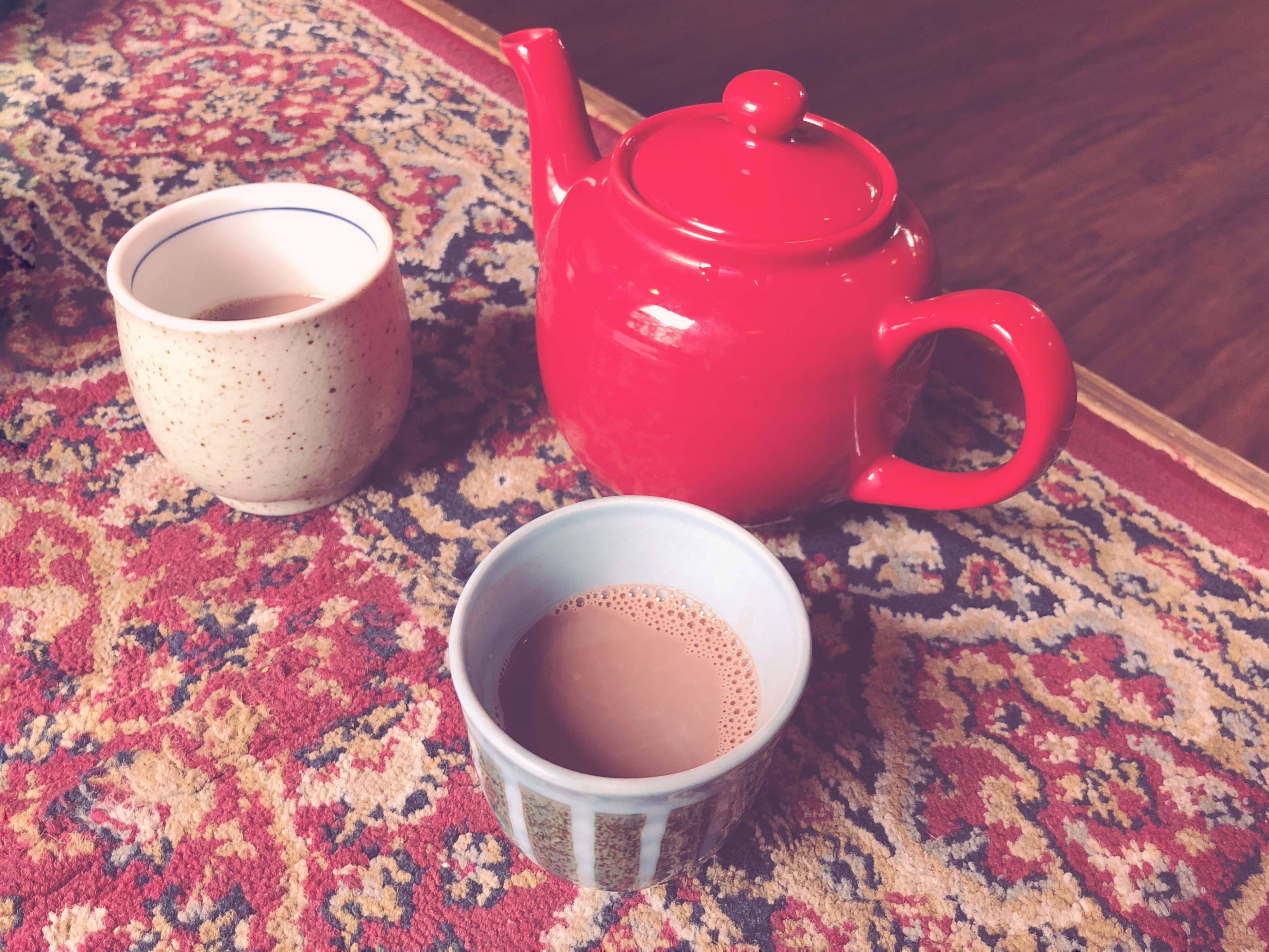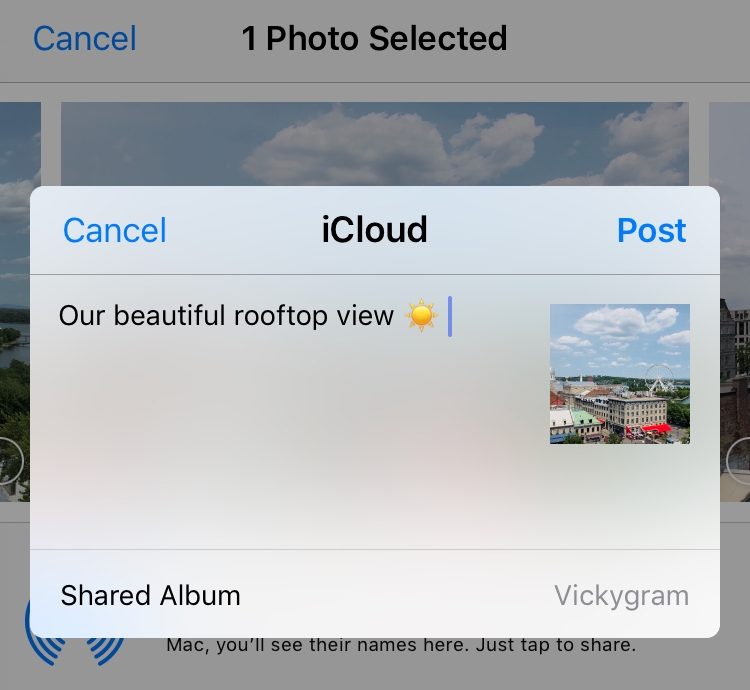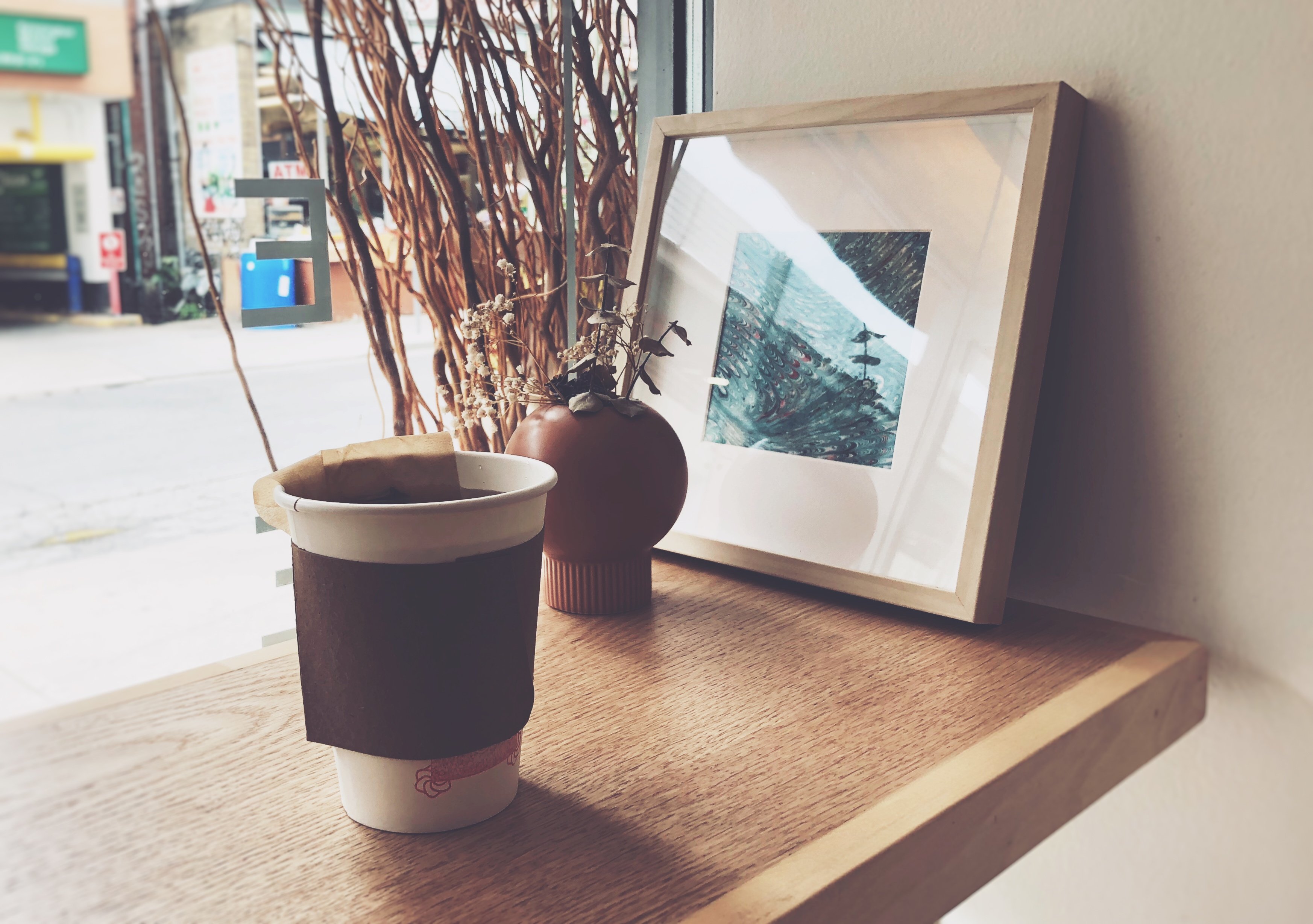Choosing genuine connection in a disconnected life
Sun Oct 07, 2018 · 7 min read

Like many other travellers, it can be hard to create a feeling of community when you frequently change location physically. Even for those who live in just one place, social media apps offer a convenient and portable on-demand solution for feeling disconnected. They do this, however, at a price.
Recent personal experiments have shown me that there are better ways to find genuine connection in my disconnected life.
Some months ago I took a nice big step back from most of my social media usage. I stopped using Instagram, and removed the app from my phone. I turned off notifications for Twitter, Reddit, Slack, and a bunch of other apps. What followed was a few days of catching myself starting the habitual process of logging in, or absent-mindedly trying to tap the spot on my homescreen where an app icon used to be.
Following those few days came a new sense of old-fashioned, soul-deep peace.
Modern humans face a lot of challenges that our less-convenienced ancestors never had the chance to experience. Not the least of these is a constant barrage of systems competing for our precious attention. Our brains are ill-equipped to deal with this in a way that actually serves our best interests. Without intervention, our most base tendencies lead us into a spiral of chasing dopamine hits manufactured by app notifications.
It’s not your brain’s fault. Evolution simply can’t keep pace with our modern technology, greed, and imaginative dopamine-driven distractions. Whole teams of behaviouralists, product designers, and software developers, are employed to take full advantage of your deeply embedded desires. New technological paradigms are being introduced faster than humans have had the necessary generations to build stable communities around them. On a very basic, hardware level, we just don’t learn that quickly.
Constant distraction just isn’t healthy. This excellent article summarizes why. It takes a lot of discipline and energy to stay present, especially when our most basic natures are being exploited on a minute-by-minute basis.
In concrete terms, treating your brain better means choosing the hard way over the easy way. It’s easy to browse Instagram and replace boredom with dopamine while you’re on the bus. It’s hard to not take out your phone at all, and to maintain a mindful presence in the boring moment you’re experiencing.
But perhaps the biggest hurdle isn’t that the choice to be present is difficult. It’s just sort of scary.
Apps like Instagram and Twitter are designed to enslave your brain. Through subconscious cues and psychological design, our use of these platforms conditions us to crave the perceived benefits - usually social acceptance - that they offer. Their ability to change the course of our lives is downright scary.
Even knowing these facts, I rarely stopped to ponder them when I mindlessly browsed Instagram during a moment spent waiting for something. This initial casual use, as I would call it, didn’t last long before transforming into a more encompassing part of my life. Even knowing the effect that the app was designed to have, I still got hooked. Perhaps I thought I was above that - I wasn’t.

I started to see my Instagram gallery as necessary proof of my interesting life. I started to weigh my own opinion of the photos I took by how much engagement they received on the platform. And like every other human, my use of Instagram began to be ruled by my desire to be accepted into a group and build positive social relationships with others. Just as it’s designed to do.
When I decided that my use of Instagram was encouraging me to form habits that are harmful to my life goals, I stopped using it. Deleting the app from your phone is one thing; coming to terms with the illusion of lost social interaction is another. I wanted to rediscover ways to feel that I was positively interacting with a social group, but without getting hijacked by a platform with ulterior motives.
I still want to share my travel photos with the people I care about, but that’s a very different goal than using Instagram. Instead of investing in an app designed to hold my attention hostage and cause deliberate anxiety over how many “likes” my latest photo got, I just… share photos with people I care about.
There are a number of ways to do this, including messaging apps (iMessage/Signal/WhatsApp) but my current preference on iOS is using iCloud Photo Sharing. You can set up a shared album and invite your preferred contacts to view it. You can also make the album public via a URL.

On Instagram or similar photo sharing apps, a public profile might be followed by many strangers. It’s likely that the profile owner has never met the majority of these people in their life, and doesn’t actually care about them. Sharing photos in this environment does nothing to build a genuine connection with other humans - it’s just adding momentum to the bot-driven advertising carousel that Instagram actually is.
By instead sharing photos directly with people you already know, care about, and new people you personally meet, you’re growing those relationships. You’re creating a platform for opening up about your life in a way that doesn’t need to account for how popular your images will be. This type of sharing sparks meaningful conversation, discovery, and builds emotional relationships. In other words, it’s real.
Maybe taking photos isn’t your thing. How else do you move away from apps like Twitter and Facebook in favor of making healthier, genuine human connections?
Put your phone away, mindfully embrace the boring moment you find yourself in, and look for opportunities to talk to people.
Practice the art of conversation. Look the person behind the counter in the eye when you say, “Hello, how are you?” Actually wait for them to respond and listen to what they say. Thank your barista for making your coffee, and mean it. Banter with waitstaff when the restaurant’s not busy.
Experiment with being extra polite and courteous. Make a point of holding open doors for other people, smile, and gesture politely for them to go ahead of you. Say “good morning” to the other people in the elevator, and motion to invite them to disembark before you. Start more sentences with, “May I please.” Take every opportunity to compliment someone on their behavior. Have fun with it.

A little mindfulness can lead to a lot of peacefulness.
A steady routine, even short-lived, can have a positive effect on your brain. Consider creating a regular tour of people that you can interact with. If you’ve found a coffee place you like, consider going there at the same time each day, and talking with the people you encounter.
Find opportunities for regular interaction when you visit shops, pass neighbors, work from cafes, and run errands. If you frequent a certain route, chances are you’ll start seeing a number of people more often. Get curious about them, ask what their names are, and build a sense of community. Even if you’re only in the area for a short time, you’ll build relationships that make you memorable, and thus make you feel welcome should you return.
None of the suggestions above are ground-breaking. They’re just ways of forming communities that are a lot healthier for our overtaxed modern brains than those too-convenient apps on your phone. And if a little less convenience and instant reward is actually better for our health, then I, for one, am happy to do away with a little modernity.